Matthew Gleaves begins a new series on how to improve your benchrest air rifle shooting skills; part 1 looks at the basic rules of benchrest and how you can get started
Read part 2 here which guides you through the equipment you will need to get started
Welcome to a three-part series of articles in which I will be talking about starting out in the growing sport of air rifle benchrest shooting, from buying the right equipment to what to expect at your first side-by-side competition. I have only been a benchrest shooter for two years, but I’m in a unique position to share my thoughts and lessons learned – you could become a benchrest contender!
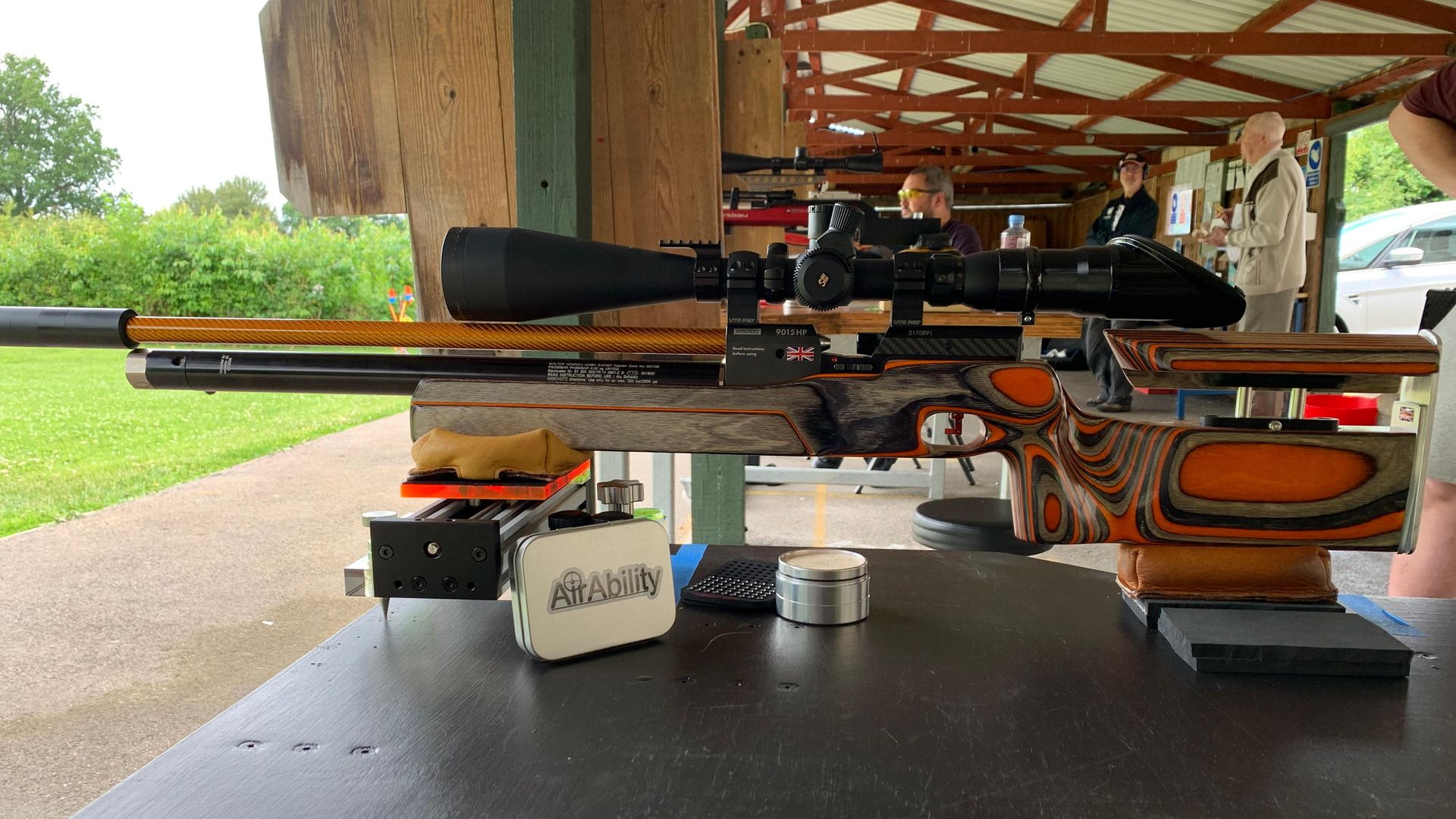 credit: Archant
credit: Archant
What is air rifle benchrest?
As the name suggests, you shoot your rifle from a bench or table whilst using a front rest and sometimes a butt support. This is usually over a distance of 20 yards or 25 metres depending on the organisation’s rules. The air rifles are supported, so this gives us the opportunity to develop our skills to hit extremely small targets, which can be a 2mm bullseye. This can become even more difficult if you are shooting outside whilst battling atmospherics, or with some competitions without a butt support, fighting your own heartbeat.
This shooting discipline is deceptively hard and I see many remarks on the Internet about benchrest being so easy, but trust me, it is one of the hardest disciplines to master. The difference between just having a nice day out at a competition, or being a winner, can be the smallest fraction of a millimetre.
As well as being keen marksmen, successful benchrest shooters need to understand how their equipment works and how to adapt to the weather. Many competitors even tune and build their own equipment, to give themselves that extra edge. The ability to test all the parameters of your equipment and pellets continually, then interpret the information to give the best results is key, so a good benchrest shooter is both eagle-eyed and part super geek! This is why I think benchrest is the Formula One of airgun shooting.
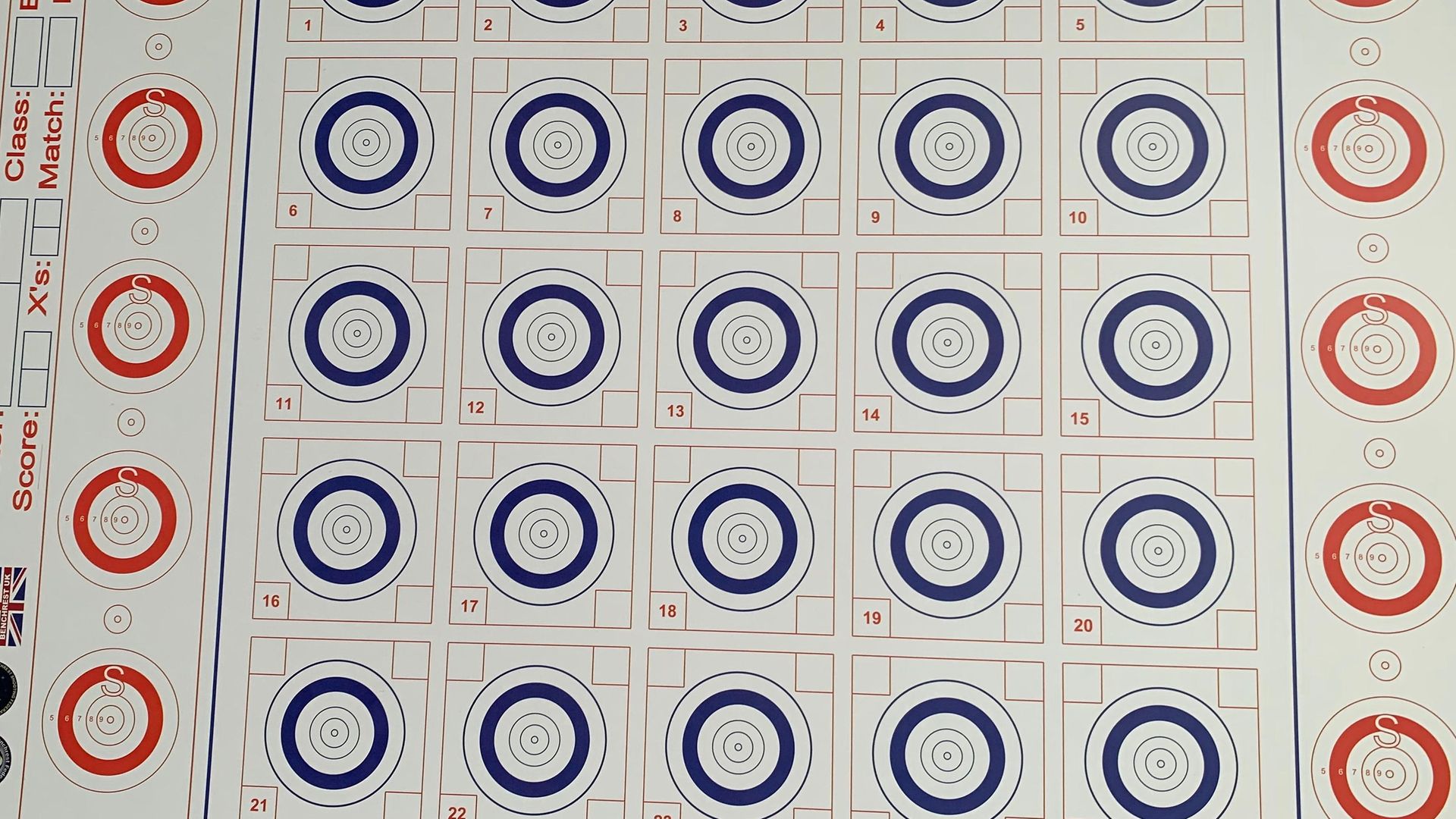 credit: Archant
credit: Archant
Benchrest competitions and basic rules
Benchrest UK is the governing body for benchrest competitions in the UK, running both postal and side-by-side competitions. The National Small-bore Rifle Association (NSRA) run their own competitions, as well as many independent club competitions. Further information can be found here
Benchrest UK events are shot mainly outside, and the shooter is allowed both a front rest and a rear rest. There are two main rifle weight categories, above and below 10.5lbs. The air rifle event is shot at 25m.
NSRA shoot inside and outside. The shooter is only allowed a front rest and the butt can only be supported on a gloved hand. The air rifle event is shot at 20 yards.
Please visit www.benchrestuk.com and www.nsra.co.uk for full rules and further details on taking part.
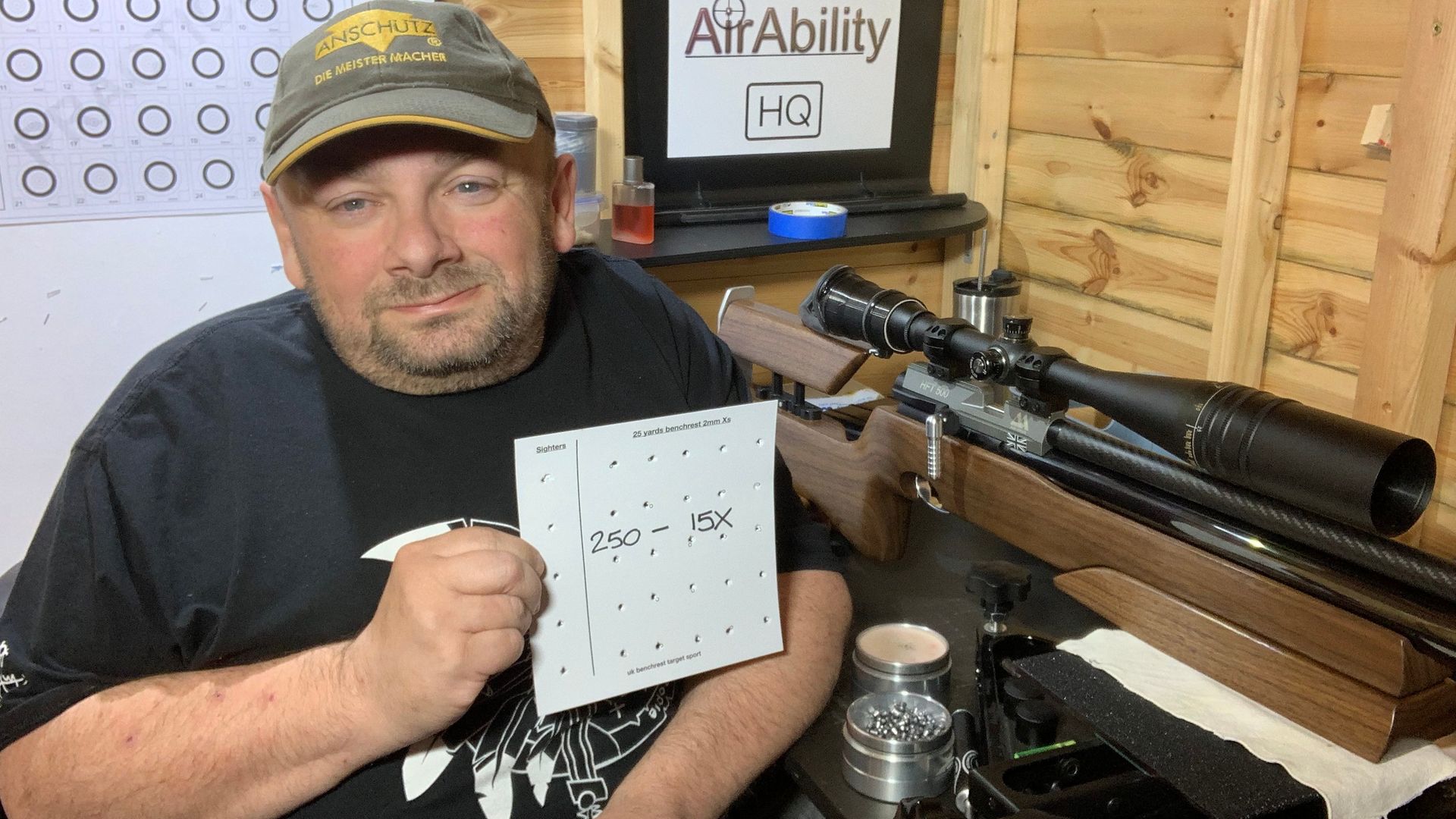 credit: Archant
credit: Archant
Who can shoot benchrest?
As benchrest is a seated sport, and the rifle weight is supported by the bench and the rest, this makes the discipline suitable for a wider range of people. As a wheelchair user, this was what first attracted me to benchrest. It is a static sport, and you are not running round in the mud and up and down hills, so it attracts a wide range of people of all ages, genders and physical abilities. Also, the governing bodies actively promote benchrest as an inclusive sport. As long as you can sit still and hold a rifle when rested, it’s game on!
Below, you can meet some benchrest shooters and find out how they got started...
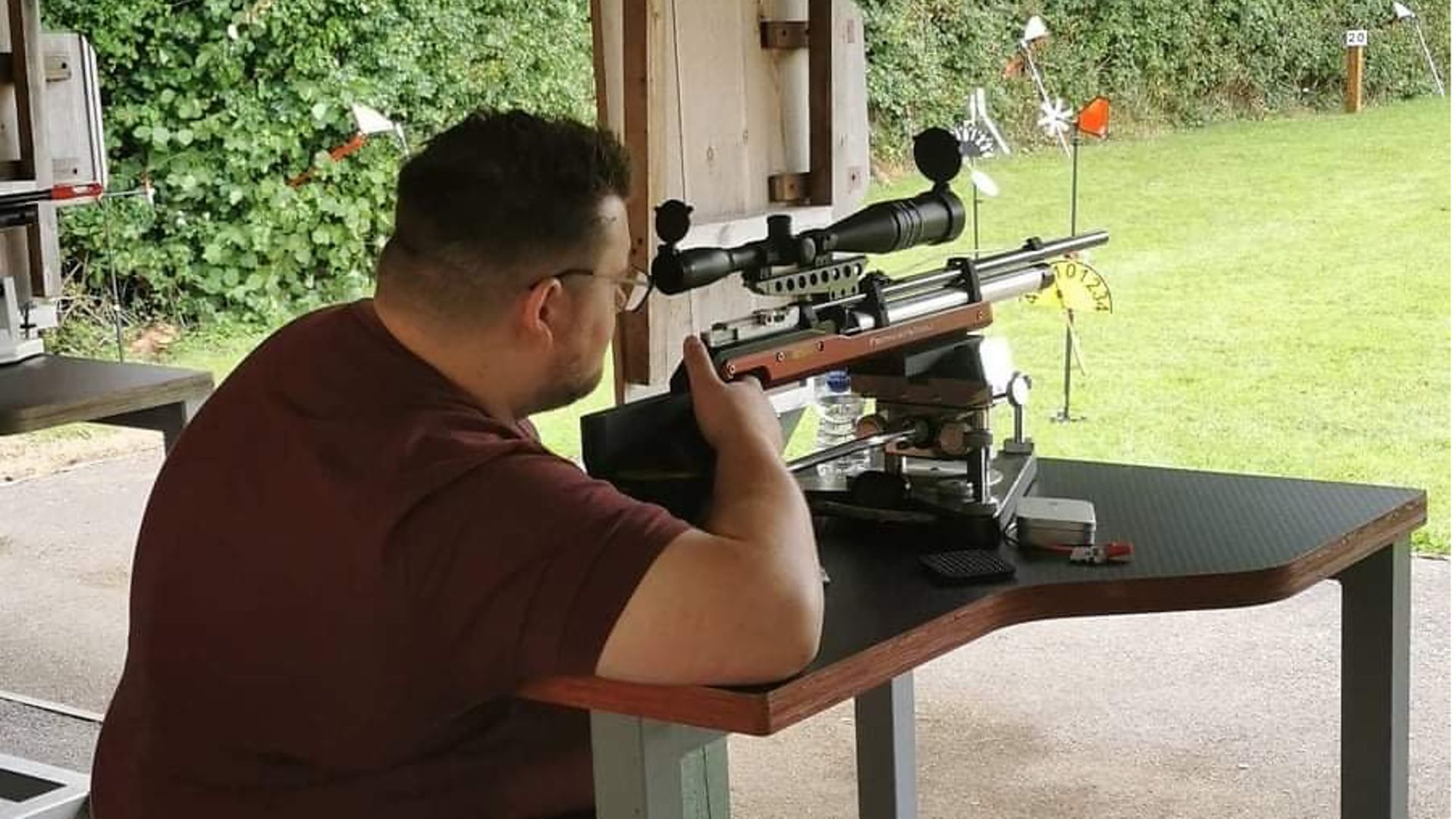 credit: Archant
credit: Archant
Tom Jacobs
I’ve been benchrest shooting for three years, now. It started when I went to an open day at my local club and I got hooked instantly. I enjoy trying to achieve the highest level of precision shooting, whether that’s tweaking my rifle, or working on my own technique. All the hard work paid off and I took home a gold in LV class and silver in HV class at the last national BRUK event.
My best advice to new shooters is, don’t buy and sell rifles whilst trying to chase the perfect one. Nine times out of 10, what you’ve got will be more than good enough. Just perfect your technique and tune your rifle. Also, make or buy some wind flags. Without them you’re pretty much shooting blind outside. Most importantly, just enjoy it and have fun.
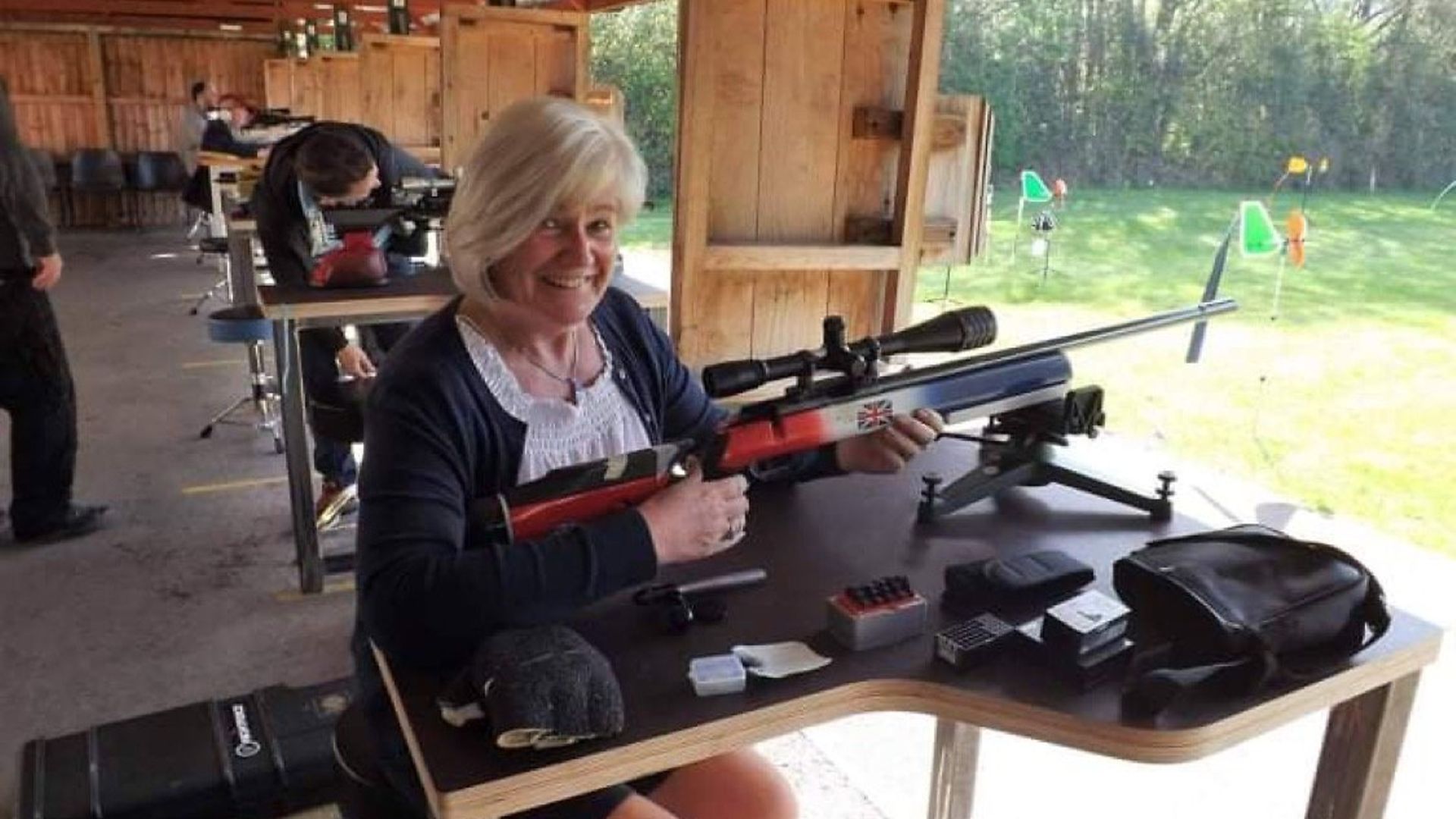 credit: Archant
credit: Archant
Kathie Knowles
I started shooting six years ago after finding out there was a club local to me. I have always been interested in the sport after a neighbour took me to a range when I was 10 years old. I started benchrest because I have limited neck movement, borrowing a .22 RF rifle to begin with. I then took up air when I had the opportunity to go the World Championships in South Africa, so I could enter both disciplines. My biggest struggle then and now is how to read and react quickly to wind flags.
One of the things I enjoy about benchrest shooting is the few seconds you have as you are about to shoot, when it is quiet and it’s just you and the target, and the satisfaction you get when the pellet goes exactly where you intended it to go – and that isn’t as easy as it sounds!
It can be an expensive sport, but my advice to beginners is to borrow as much as you can for as long as you can, and use a variety of equipment until you are sure you want to invest and carry on with the sport. In my experience, there is never a shortage of people willing to lend equipment and offer advice.
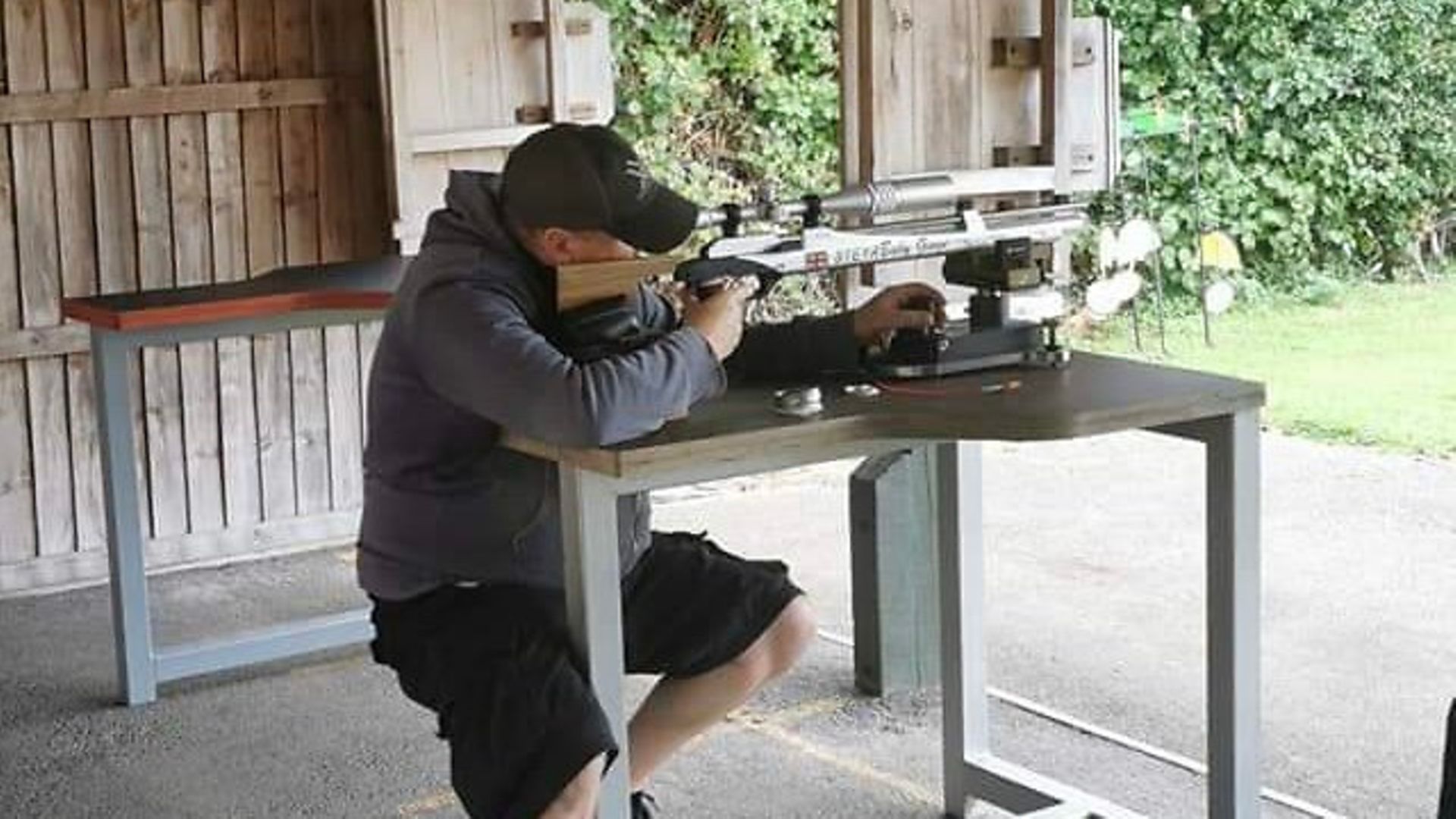 credit: Archant
credit: Archant
Graham Freeman
I started benchrest shooting in 2008 when I joined our local club, and have been competing ever since at UK and World level. I have always enjoyed target shooting, the attention to detail and making your rifle the best it can be, and being able to compete in side-by-side shoots against like-minded people.
I have been three times British Champion LV and HV – Light Varmint and Heavy Varmint are rifles above and below 10.5 lbs in weight; once World Cup Champion LV and HV; twice European Champion LV and HV; once World Champion LVand HV, and I am one of the founder members of Benchrest UK, the governing body for the sport in the UK.
I think it’s very important that new shooters learn how to read the wind; and take your time on each shot – don’t rush, learn your air rifle and just enjoy yourself.
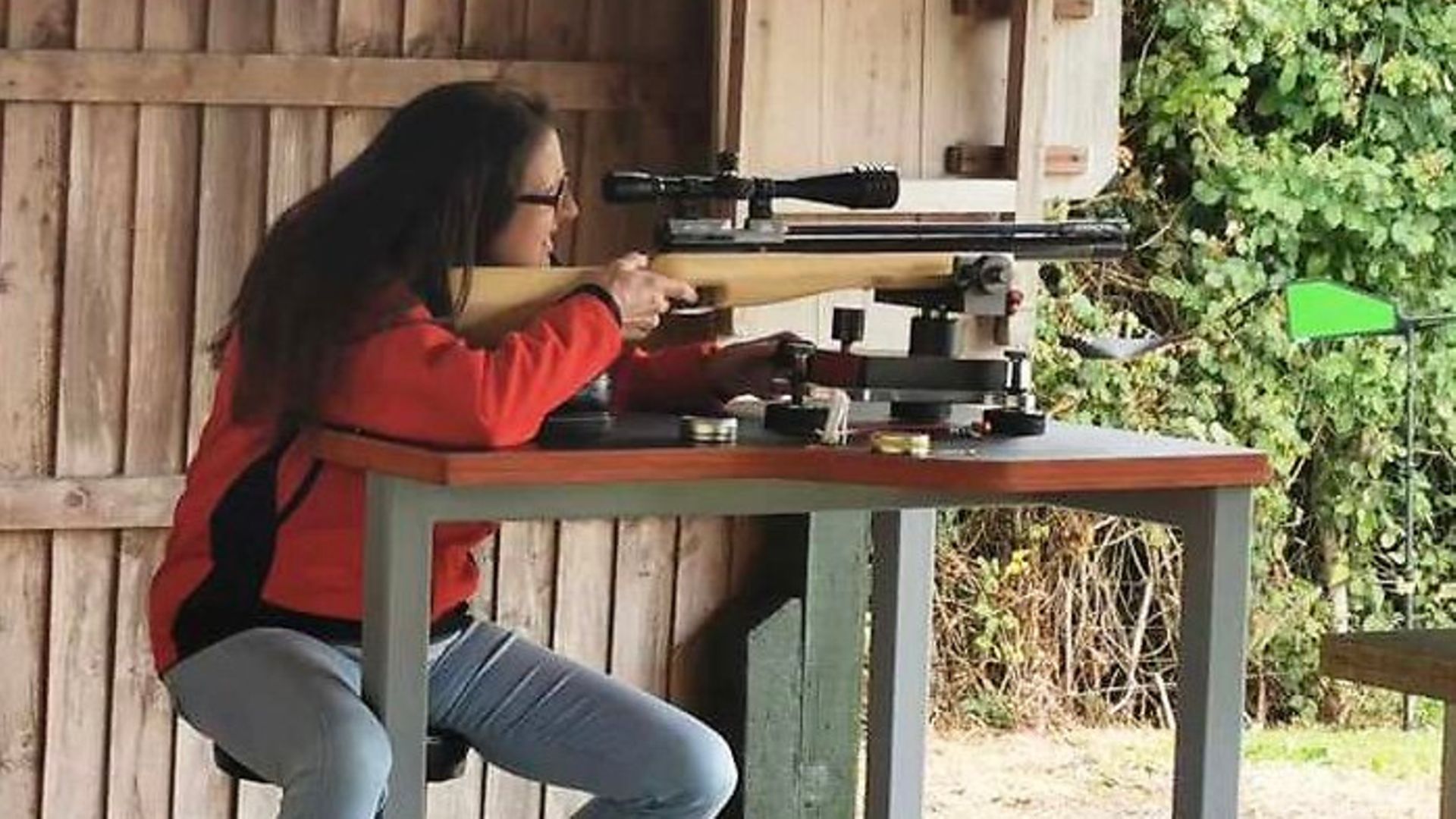 credit: Archant
credit: Archant
Sonia Carr
I started shooting benchrest about three years ago. I only started shooting because I had been dragged along by my other half, Graham Freeman, to some benchrest competitions to help out, so I thought I might as well have a go myself – I now have the benchrest bug and I am the Benchrest UK Membership Secretary, as well. I enjoy benchrest shooting because it’s a great sport that anyone can have a go at, and you don’t have to be rolling around in the mud. You get to meet some great like-minded people along the way, and for me, it’s the taking part that counts. I was presented with a medal at a comp, but that was for putting up with Graham and anyone who knows him will understand the award.
We all have to start somewhere, so just to give it a go, and don’t expect to be hitting 250s from the start. I was really nervous when I first shot, but there are always people willing to help. Remember, you have to have patience – which I am not known for – especially in windy conditions.
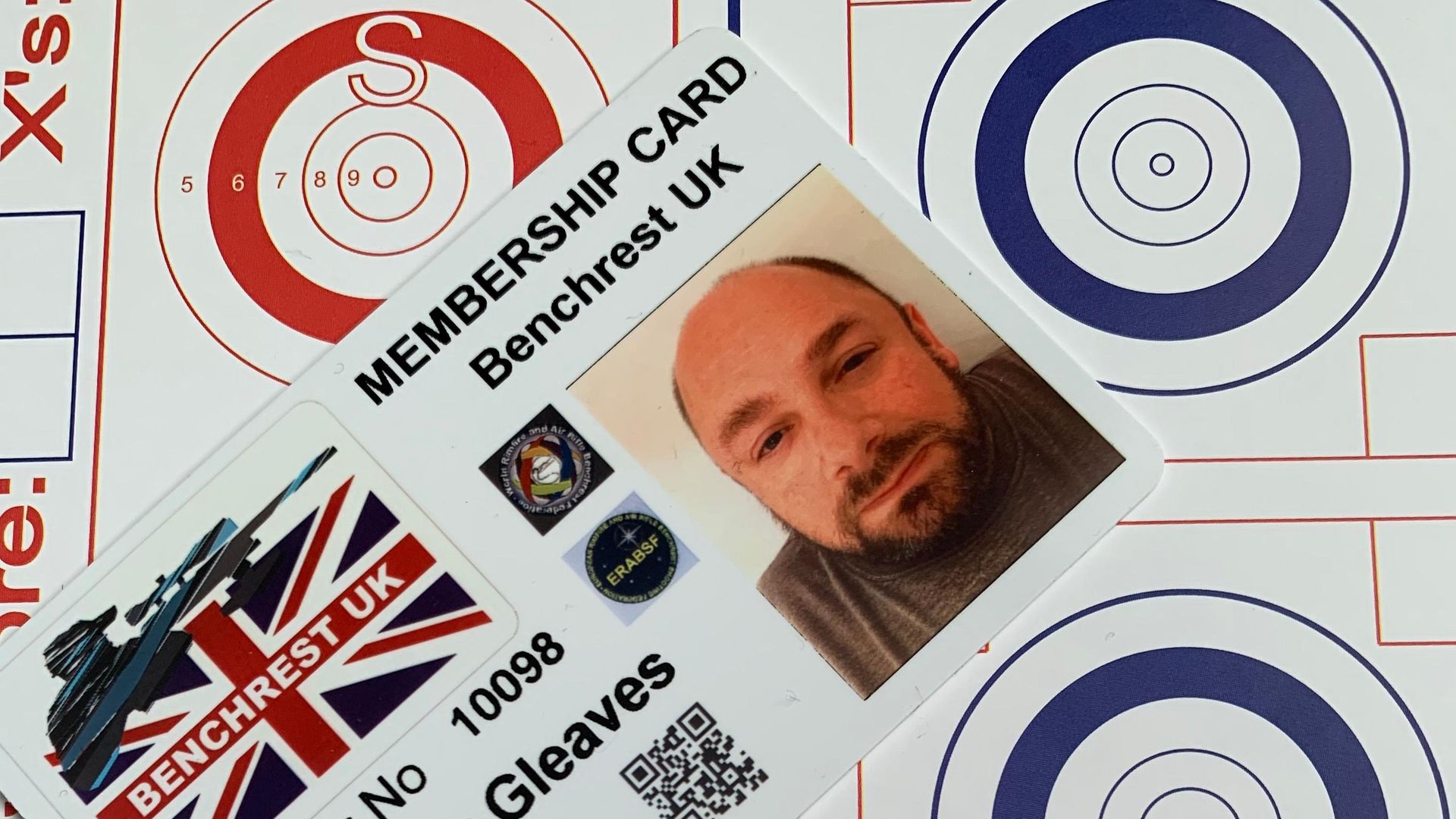 credit: Archant
credit: Archant
Getting started
If this article has piqued your interest, then go to your local airgun club and talk to as many shooters as possible, whilst trying as many guns as you can, to see what suits you.
Read as much information on the governing body websites and become familiar with the rules because this will dictate some of the equipment you buy.
Join a UK-based benchrest Facebook group; they are a friendly bunch, and it’s where I started. I now have many Facebook benchrest friends and they have been invaluable on my shooting journey. Overall, it’s about talking to as many people as possible and picking the information that is right for you!